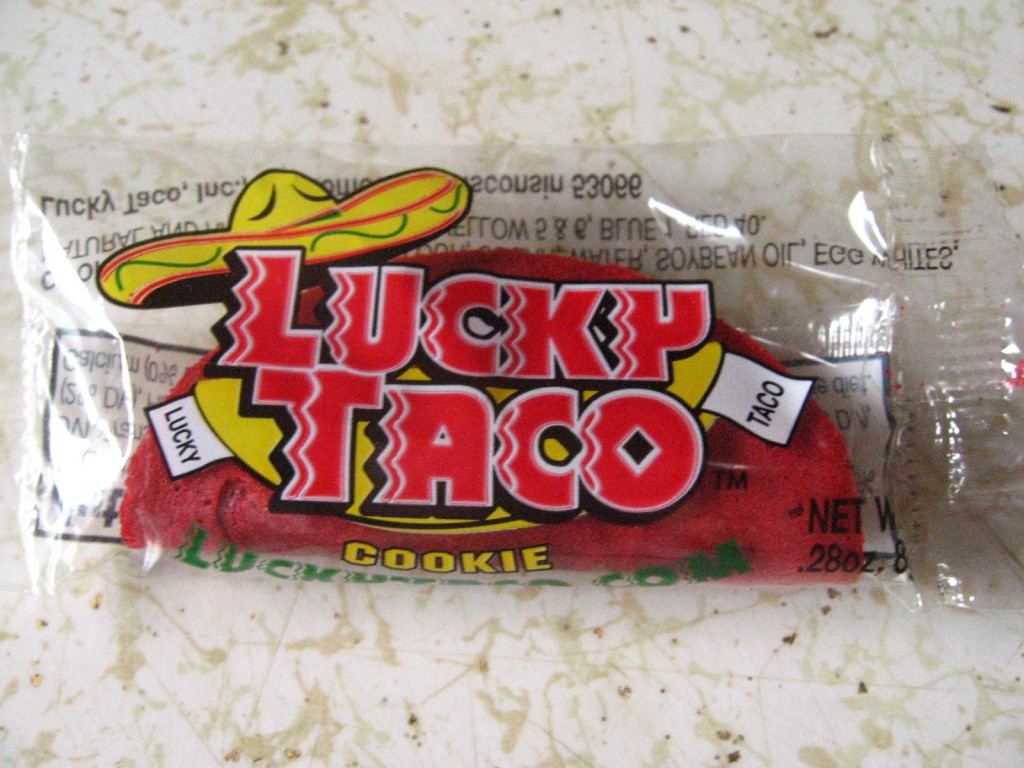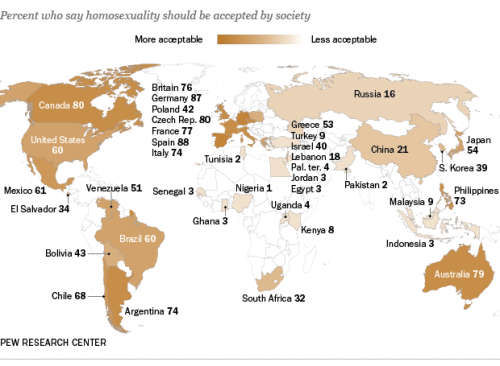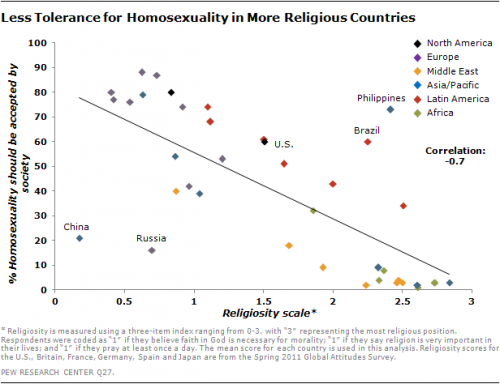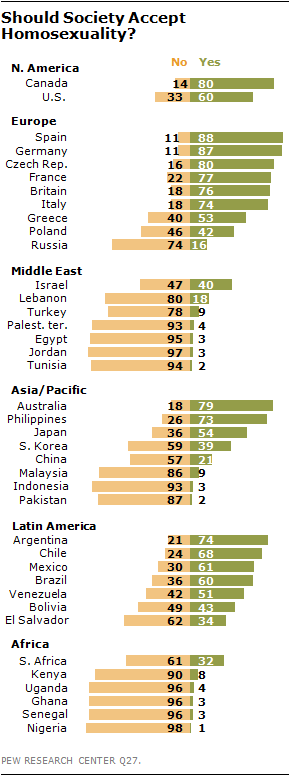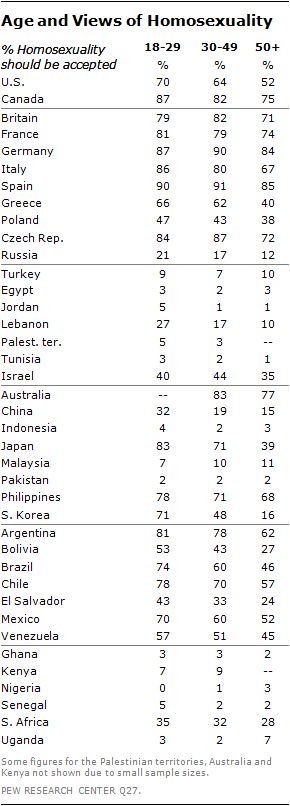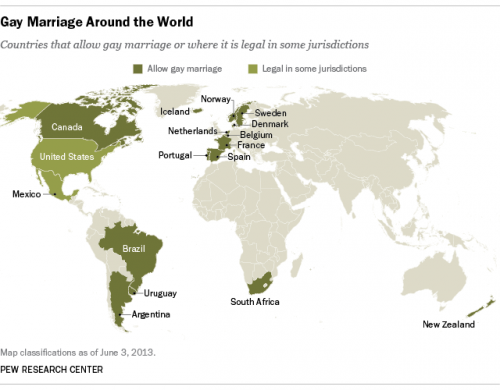 Most Americans are either attracted to or repulsed by Donald Trump’s strong rhetoric around the “wall” between the US and Mexico. His plan is to build one taller and wider than the ones we already have, on the assumption that this will curb undocumented immigration and the number of migrants who live here.
Most Americans are either attracted to or repulsed by Donald Trump’s strong rhetoric around the “wall” between the US and Mexico. His plan is to build one taller and wider than the ones we already have, on the assumption that this will curb undocumented immigration and the number of migrants who live here.
But the idea isn’t just exciting or offensive, depending on who you’re talking to, it’s also wrong-headed. That is, there’s no evidence that building a better wall will accomplish what Trump wants and, in fact, the evidence suggests the opposite.
.
The data comes from a massive 30-year study led by sociologist Douglas Massey, published last month at the American Journal of Sociology and summarized at Made in America. He and his colleagues collected the migration histories of about 150,000 Mexican nationals who had lived for at least a time in the US and compared them with border policy. They found that:
- More border enforcement changed where migrants crossed into the US, but not whether they did. More migrants were apprehended, but this simply increased the number of times they had to try to get across. It didn’t slow the flow.
- Border enforcement did, though, make crossing more expensive and more dangerous, which meant that migrants that made it to the US were less likely to leave. Massey and his colleagues estimate that there are about 4 million more undocumented migrants in the US today than there would have been in the absence of enforcement.
- Those who stayed tended to disperse. So, while once migrants were likely to stay along the border and go back and forth to Mexico according to labor demands, now they are more likely to be settled all across the US.
In any case, the economic impetus to migrate has declined; for almost a decade, the flow of undocumented migrants has been zero or even negative (more leaving than coming). So, Trump would be building a wall at exactly the moment that undocumented Mexican immigration has slowed. To put it in his terms, a wall would be a bad investment.
Lisa Wade, PhD is an Associate Professor at Tulane University. She is the author of American Hookup, a book about college sexual culture; a textbook about gender; and a forthcoming introductory text: Terrible Magnificent Sociology. You can follow her on Twitter and Instagram.


